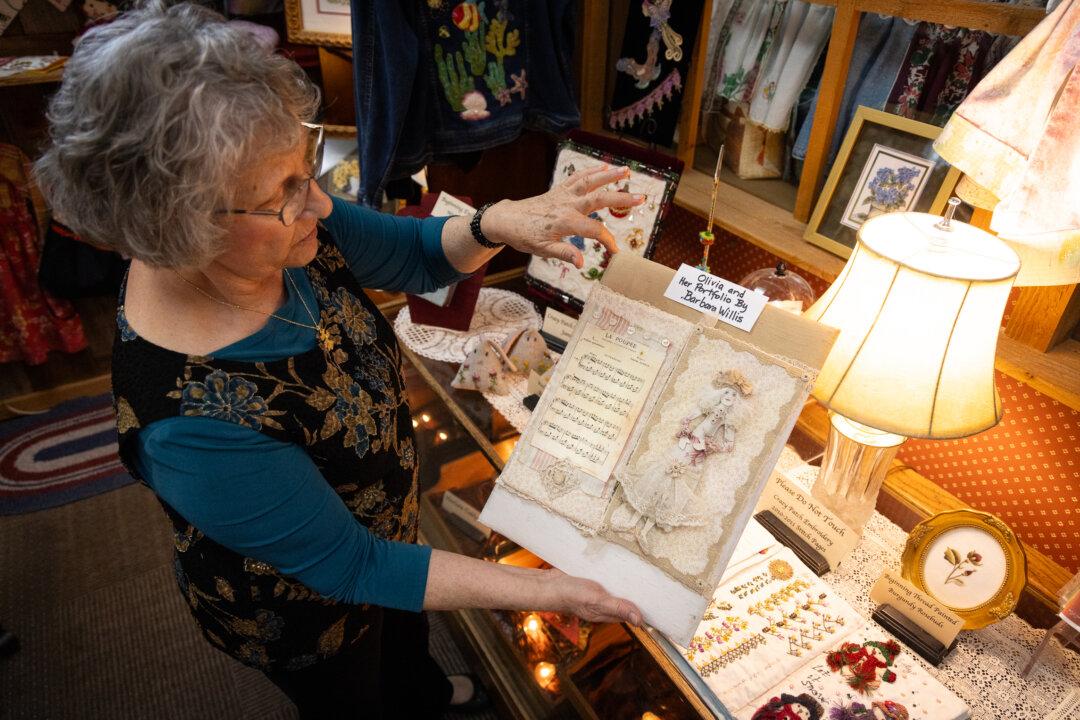The funding came as local arts organizations continue to struggle with economic losses amid the COVID-19 pandemic.
After more than a year of job losses, canceled performances, and reduced philanthropic support, many organizations hang in the balance.
In April 2020, only a short time after business closures began, Arts OC conducted its first COVID-19-related economic impact survey, which revealed the local arts community was already at losses of more than $16 million.
The survey included data from 38 organizations that reported a loss of more than 2,727 arts-related jobs since the shutdowns began in March 2020. The future of the sector remains precarious, with most predicting they won’t see a complete resumption in pre-pandemic employment, revenues, and operations until at least July 2022.

Despite the grim economic news, Richard Stein, Arts OC president and chief executive, told The Epoch Times he’s optimistic that arts organizations, venues, and art-related businesses will begin to bounce back over the summer.
He expressed appreciation for the board of supervisors’ decision to earmark the recovery funds to help recipients hang on until the state’s scheduled June 15 reopening date.
Stein said recovery will depend heavily on audience comfort levels in returning to live events, as well as more clarity by the state around reopening guidelines for indoor venues.
“We believe there is significant pent-up demand out there that will result in a resounding rebound for arts organizations beginning this summer,” Stein said. “Once audiences feel comfortable enough to attend live performances or visit arts and entertainment venues both large and small, I believe we will see a rapid recovery.”
Stein noted the insecurity arts organizations face when it comes to the realities of state-mandated business models, which limit capacity based on each venue’s capacity. He said the state has yet to produce clear guidelines for indoor venues to reopen.
“Arts OC has been working with our federal, state, and local elected officials on establishing clear reopening guidelines,” Stein said. “We are hopeful that there will be more clarity from officials as the June 15 state reopening date nears.”
On the upside, Stein feels there will be a resurgence of great artistic work that will emerge from this period in human history.
He compared it to the emergence of the Renaissance after the Bubonic plague or “black death,” the pandemic that devastated populations in Europe and Asia between 1347 and 1350 but resulted in one of the greatest epochs for literature, art, and architecture to date.
The $5 million allocation will be divided equally between Orange County’s five supervisorial districts.





